Dukes, princesses, and tall tales: a family revealed

by Mick Rhodes | editor@claremont-courier.com
About 10 years ago I had a visit from a cousin on my father’s side whom I’d never met. Marty was a biker from the outskirts of Portland, gruff, and about a decade my senior. He was on a fact-finding mission to Southern California, waist deep in a yearslong genealogical study to connect the dots of my father’s heretofore (to me) mysterious family.
We met at Norm’s in Claremont. As we got acquainted, he asked questions and wrote down some key names and dates. Marty’s work was a decidedly non-digital affair, with handwritten information filling dozens of looseleaf pages, all housed in a large notebook.
I asked him about DNA research, which at the time was beginning to hit the mainstream. He said he’d done his the old-fashioned way, by visiting courthouses, records repositories, poring over census results, and tracking down relatives. Real gumshoe stuff. I admired his detective work.
After deciding he could trust me a little, he let me take a peek. I wasn’t allowed to take photos. It felt like I was meeting with an obsessed, secretive private investigator on the verge of finally cracking his case. In the end, I walked away with whatever I could hold in my memory, which unfortunately wasn’t a lot.
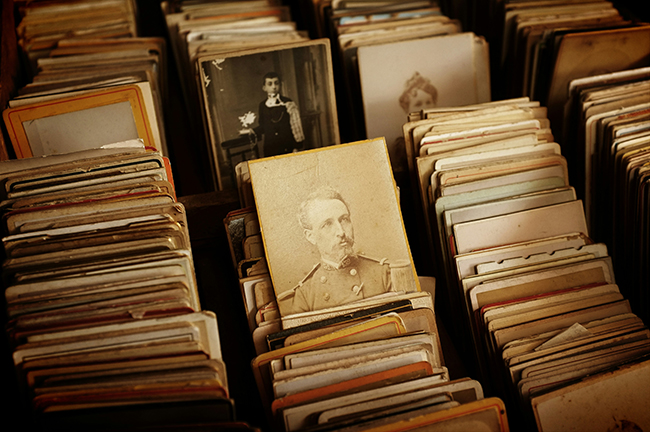
Photo/courtesy of Unsplash
Marty may have been among the last fully analog amateur genealogists. Since then, DNA-aided genealogy has become ubiquitous, with families reunited and ties discovered. Just last week a friend of mine posted about finding a trove of previously unknown relations. “At 42 years old, and after finding my paternal family, I finally feel like a whole person. I am filled with love and gratitude.” What a lovely, joyous story she shared.
Since my meeting with Marty I’ve become curiouser and curiouser about my father’s family. Thankfully, 23 and Me and Ancestry.com have helped reveal great swaths of this history, much of it astonishing.
I’d done a cursory exploration of my 23 and Me health markers, family connections, and geographic history since mailing them my DNA sample a few years back. But my smart, curious wife Lisa’s recent research there and through Ancestry.com’s much deeper and more comprehensive DNA database has profoundly expanded my understanding of my heritage.
Lisa followed both sides of my family threads back to the 15th century. Prior to her digging, I’ve always assumed my lineage was unremarkable. In fact, my go-to line was, “I come from a long line of ditch diggers.” But it turns out I’ve all kinds of hifalutin relations going back centuries.
The line on my maternal grandfather’s side connects in the mid-1700s to my sixth great-grandmother, Patiana Patience Spencer, the daughter of the Earl of Duncon, in Yorkshire, England. The aristocratic Spencers’ family tree is chockablock with dukes, earls, and other nobility, including the late Diana, Princess of Wales. My great-grandmother Spencer’s life reads like Jane Austen collaborated with Louis L’Amour:
“Edmund Chambers was a worker at the Castle and fell in Love with Patiana,” according to Geni.com, a site apparently without a copy editor. “Her Dad did not like Edmund so he sent Patiana to America to the Spencer Plantation in Virginia somewhere. According to legend, Patiana was of Royal descent, and when she fell in love with the Gardener Edmond Chambers, her father did not approve, and sent her to live with a Uncle in the Colonies. Edmond followed her to the colonies and sought to find her. The village where Patiana lived was raided by the Cherokee Indians and she was carried off to live as a slave in the Chief’s home. Edmond traced her and bargained for her hand in marriage. They were married and raised 6 daughters and 5 sons. They lived in NC and in KY.”
And on top of all that, DNA research also made clear my predecessors had been telling tall tales for a very long time.
The oft-repeated story was my maternal grandfather’s grandmother had been a full-blooded member of the Cherokee Nation. All my life I’d been told I had Cherokee blood. I never questioned it. I even checked “Native American” on a few forms over the years.
Not true, both Ancestry and 23 and Me confirmed.
And just like that, a chunk of family history evaporated. It was disorienting.
It turns out I’m as Native American as a mayonnaise, with pigment to match. I’d always had a nagging suspicion that my Cherokee bloodline was much more diluted than the 1/32 I’d been told, but I never thought it was zero. Maybe it was that 18th century drama with the Cherokee chief that perpetuated the tale of our family’s Native American connection, and the story got embellished over the years. I don’t imagine even the magic of DNA research will ever be able to answer that question.
After that bombshell dropped, I learned some of my ancestors arrived in what would become Massachusetts in the 1600s, some fought in the American Revolutionary War (on our side), and others in the Civil War (for both sides!). I’m a genuine son of the American Revolution, it appears.
My fifth great-grandfather, Henry Clay Greene Sr., fought with the second Maryland Regiment in the American Revolutionary War. My third great-grandfather on my paternal grandfather’s side, Joseph Mason, was drafted into service in the Civil War in 1863, while on my dad’s mother’s side of the family another third great-grandfather, Milton Peery, fought for the South out of Callaway County, Missouri.
And here I was not feeling part of anything at all. What a turnaround!
I grew up not knowing my father. His side of the family was a complete mystery. I envied friends who could trace their families back through the generations. Not knowing anything about my family made me feel untethered, temporary, invisible even, like I didn’t have a story. But now that Lisa has unlocked all of this, I feel connected to my ancestors, to this country, to the earth. My family history has become a tangible thing. It’s been an unexpected, deeply gratifying gift.


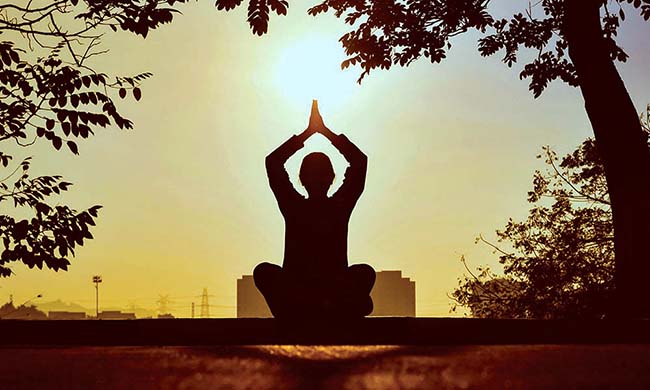
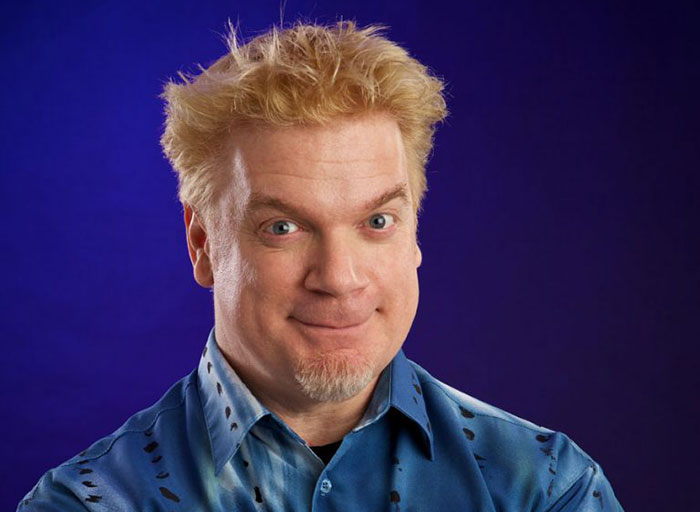
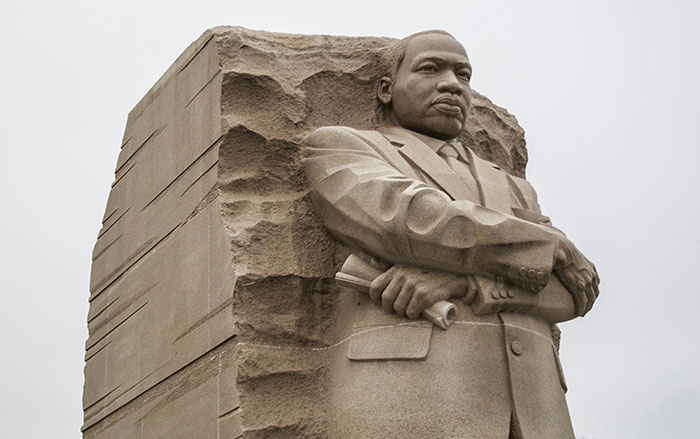
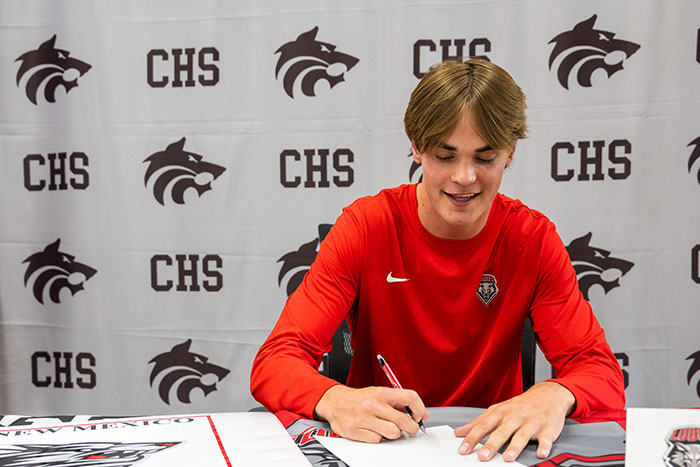
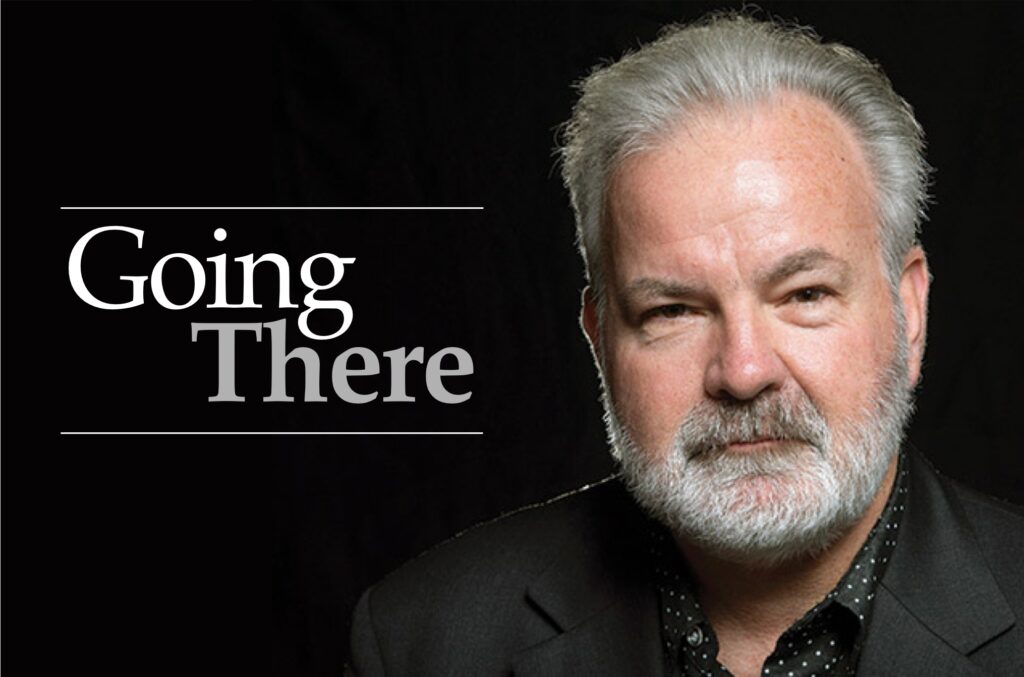

0 Comments